Spotlight on Dan Krauss
Apr 1, 2015
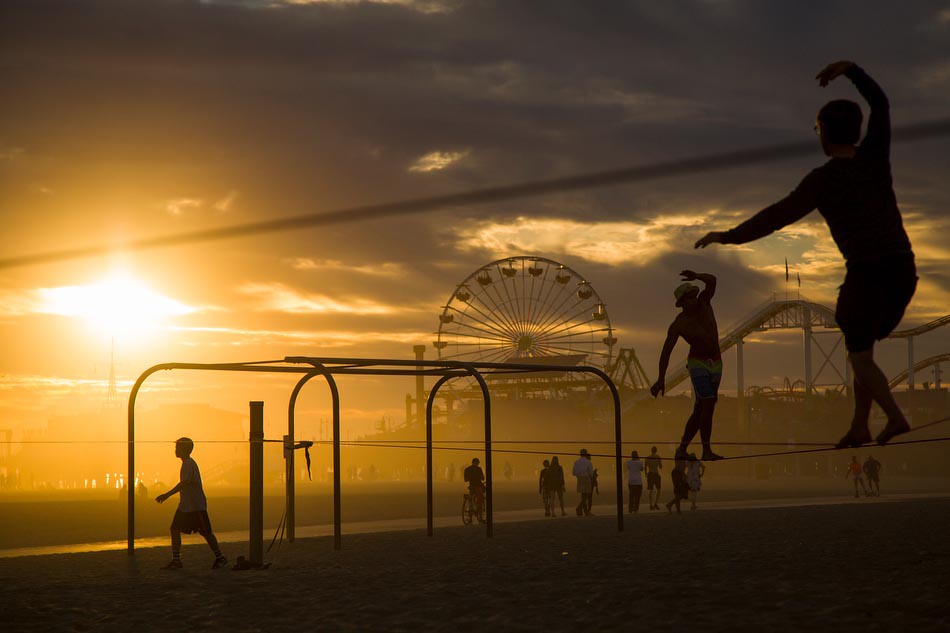
TID:
Thanks for your time, Dan. This image is so striking and beautiful! Can you tell us a little of the backstory?
DAN:
Thank you, Ross! I really appreciate you reaching out. Stoked to be a part of TID.
On the day I shot this, I had a free evening and called a friend, Pierre Carrillo, to shoot some spec stuff for Patagonia. Nothing special, just trying to stay productive and get away from the computer. No matter how productive of a day I have sitting in front of a screen, it always seems to sap the life out of me by the end of the day. If I don't get out and move or shoot something, I tend to go a little crazy by the end of the day.
In January, I had a meeting with Patagonia at the Outdoor Retailer show in Salt Lake City. I talked with them about their marketing approach and what their current photo needs were. They're not a company that does much assignment work, so they work almost solely on a submission and licensing basis. After learning what type of photos they would be interested in, they sent me a box of clothing to incorporate into my personal shoots. If I made a photo that they had use for, they would negotiate appropriate licensing fees with me for using said photo.
On the day of this shoot, I was going for a beachy, urban cycling photo. I thought the Santa Monica boardwalk would be a perfect setting with great natural light. When we got to the beach, some clouds came in and masked the vibrant light I was hoping for. It was still very nice, but a little too soft for my liking. We shot what we could and decided to take a break to see if the clouds would break.

After hanging out at the slackline park for a little bit, the sun suddenly broke out of the clouds in a spectacular explosion of light. Instinctively, I grabbed my camera, dove into the sand and tried to make a clean image of the slackliners in an incredibly busy scene. The beach is a place I always bring my camera, but due to the heavy traffic, tourists, and random poles everywhere, it's incredibly hard to make a clean image. This time, I think I just got lucky. More often than not, I tend to leave my camera at home when I go to slackline near the pier. Lately I've been forcing myself to bring it, since it's such a challenge to make a good photograph there.
TID:
Since this is part spec work, can you tell us more about how you approach client work on spec?
DAN:
Spec work is different for every company. Sometimes it happens after meeting with a client I'm hoping to work with, but they don't have a budget in place at the moment. Other times I go to a company with a particular project and they send some gear and maybe a bit of money for travel and production costs. It's always a 50/50 shot whether it will be fruitful. I've had great experiences with companies and some terrible. I had a clothing company sponsor one of my projects last fall and they were stoked with the work that came out of it. They hired me for a couple more shoots, and I ended up with a few thousand dollars in advertising licensing for them and some great new tear sheets for my website.
On the opposite side of the spectrum, I've had a company send gear, loved the photos I shot for them, and then told me their standard licensing rates, which were a laughable $100 per photo for catalog and print advertising. Needless to say I didn't release any photos to them. The funny thing in this occasion was hearing that they work with 15-20 different photographers at these rates. I never would have guessed that as they actually had good photo work on their website and catalogs. It's a shame to hear how many photographers are giving their work away for so little. It's practically impossible to compete with. Lesson learned, try to communicate your rates with a company before they send out product and you do the work.
TID:
What challenges do you encounter when trying to do spec work? What challenge did you encounter while working to make this specific image?
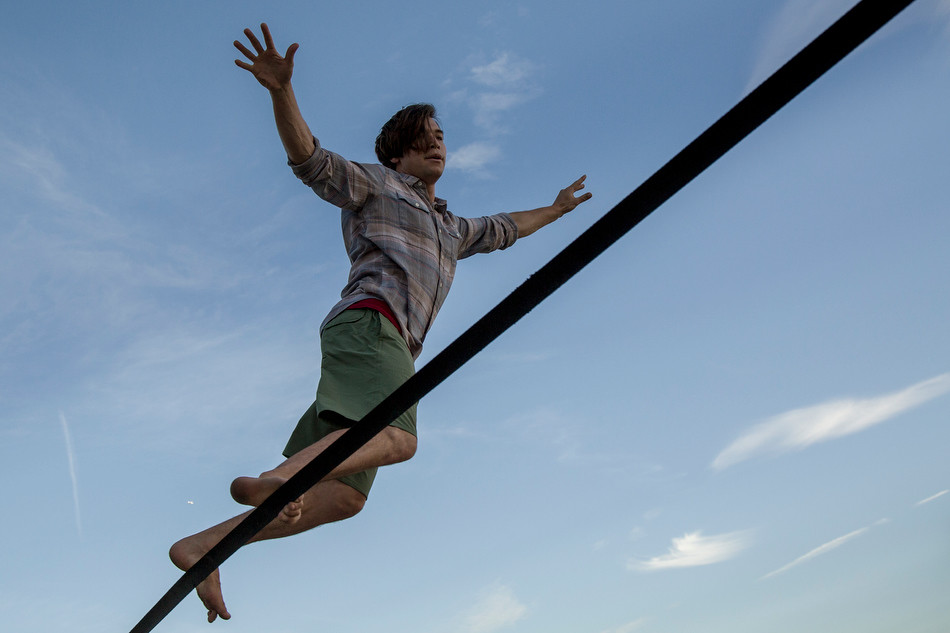
DAN:
The challenge with spec work is that there is no guarantee you'll get paid for anything you produce, or get the fair rates you hoped for. But as photographers, we're always trying to push our aesthetic, and do work that creatively fulfills us. Having a particular client and their new products they're trying to promote, it makes it a lot easier to make money. You get to shoot whatever you want, any way you want, without the pressure of someone else's vision clouding yours.
With the way the photo industry is now, there aren't many companies that will throw big budgets to people they've never worked with before. The top photographers are working non-stop, and the upcoming generation works for the scraps. With spec work, it's a great way to get your foot in the door. As a freelancer, it's rare that we're shooting for big clients every day, but we need to show our personal vision and what we do on our own time. More often than not, it's my personal work that people respond to and gets them to hire me for a job.
On this shoot, the challenge I encountered was the light not cooperating. I didn't really get the photo I was hoping for, but ended up getting something better. And for a company like Patagonia, this image could be just as useful. We'll see what they think. Either way, I'm happy with the image that came out of the shoot, and that's all I can ask for. After all, it did get the attention of TID!
TID:
How do you mentally work to handle and overcome these problems?
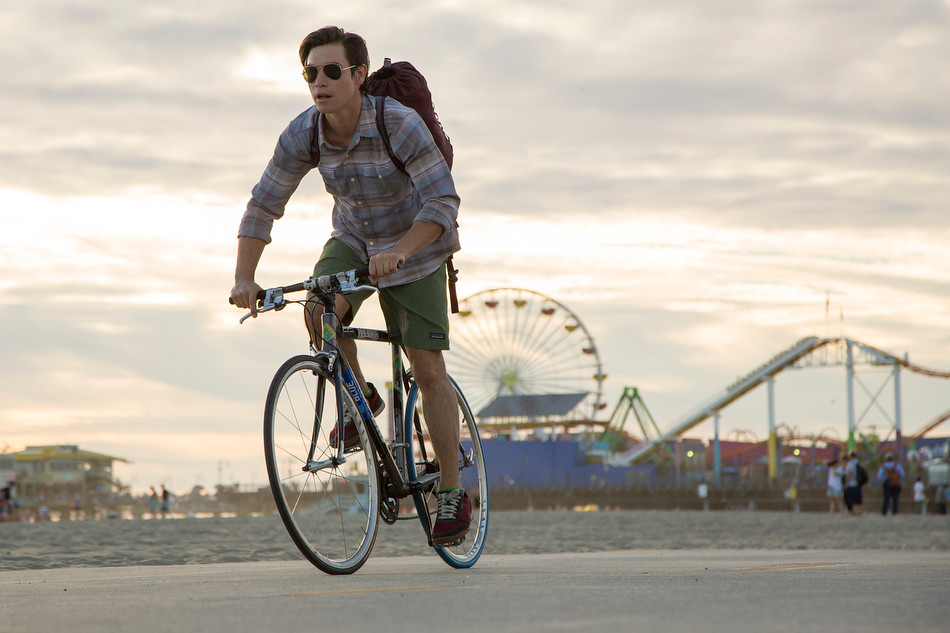
DAN:
I just need to trust my instincts and think quickly on my feet, or in this case, on my stomach. I'm constantly weighing the options of what is worth my time and what the potential payoff could be. There's plenty of instances where a company wants me to shoot something, or use my photos and has no money in place, and I flat out tell them no. Either I'm not crazy about the products or I simply don't have the time. I still value my work and have to choose where and how it will be used. I won't be taken advantage of and have to stand my ground, which isn't always easy. At the end of the day, I just want to shoot pictures that make me happy. If there's a client that I can tailor something to and a have it turn into a check, tear sheet, or new client, then all the better. I'll still be taking pictures, regardless.
TID:
Now, onto the moment. Can you tell us specifically what was going on both here and in your mind leading up to the picture?
DAN:
As soon as the light broke through, there were only two ways to react. I knew it would be short-lived. If we tried to shoot on the bike path, by the time we trudged through the sand to the pavement and waited for the background to clear, we might lose the light. That happened many times throughout the day already and didn't seem like a good enough chance. So I just found a shot right in front of me. There wasn't too much thinking involved. I just waited for the elements to line up. Movement, visual balance, and a clean background. Luckily it all lined up for that split second. I shot almost 50 photos to get the one I was hoping for, though in my mind it's still far from perfect. Moments after, the light went back behind the clouds and sunset began. I kept shooting photos, but nothing was as vibrant as that previous golden minute.
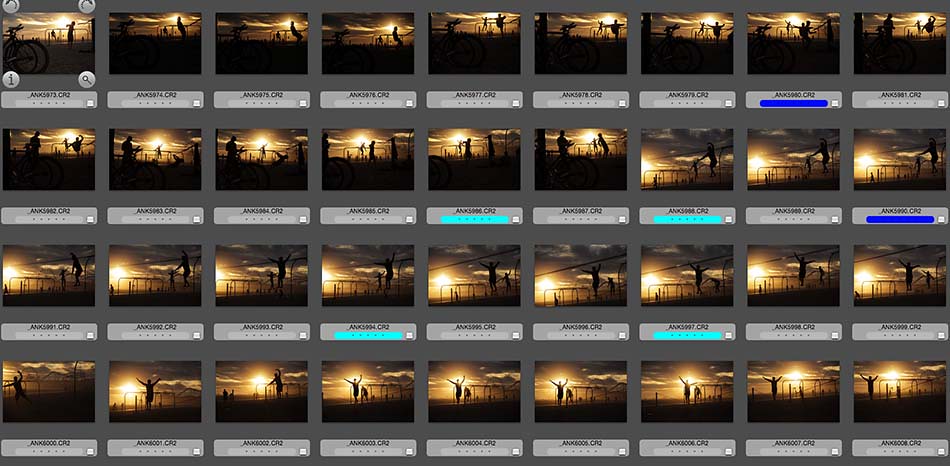
TID:
What have you learned about yourself in the process of making these images?
DAN:
I've learned to accept the inevitable. No matter how much planning I put into an outdoor shoot, nature will do what it wants. I just need to be aware and know how to work as quickly as possible to achieve something beautiful. Luckily my background is in photojournalism, so thinking on my feet is a skill I have worked hard to master. The main lesson that this shoot taught me is that no matter how successful my original plan was, it's always worth getting out of the house with a camera, even if only for an hour. It's pretty hard to walk around during golden hour and not come away with at least 1 acceptable photo. Make an assignment for yourself, however simple. It's always good to challenge yourself.
I'm really good at talking myself out of bringing my camera around, or scrapping a personal shoot entirely because the light isn't how I wanted. Over the years I've learned to keep pushing through the doubt, and more often than not, I end up with at least one image that makes it all worth the time. Great pictures only happen when you have a camera in hand. Otherwise, the moment disappears and slowly fades away from memory. I don't like that feeling.
TID:
What have you learned about others?
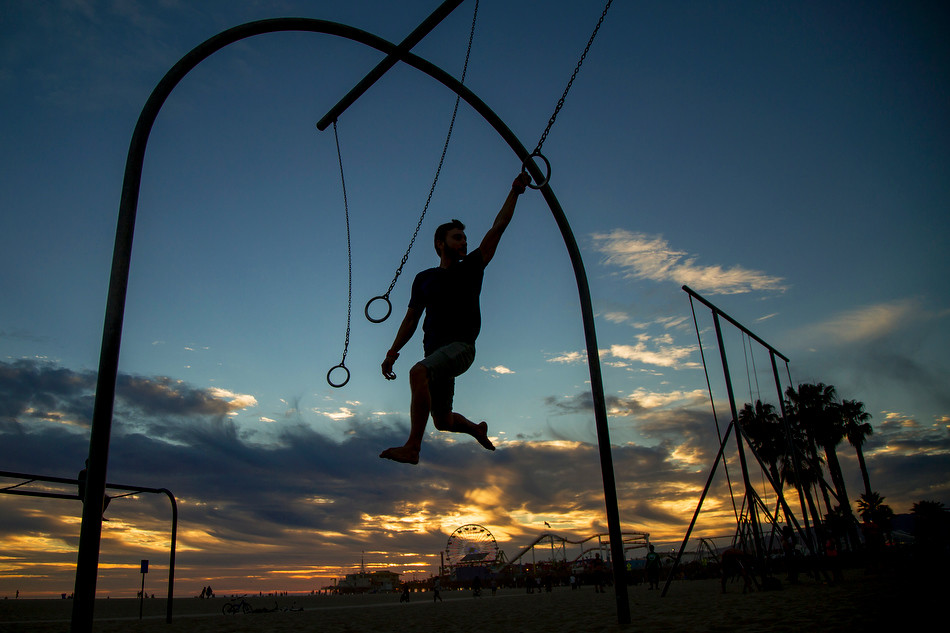
DAN:
I'm constantly learning from other photographers and colleagues. It's such a personalized art form with limitless possibilities of what you can do with it. Whether it's finding inspiration through an amazing image that someone else has shot or learning a new marketing approach, we need to interact with with others in our field to push our own creations. I've been incredibly inspired from photographers like Tim Kemple and Renan Ozturk, whose visions are so exact that they come out with insane amounts of incredibly imagery every week. Over the past few months I've gotten to work with them on some great shoots and owe them a great debt of thanks for the inspiration they've instilled in me. They've given me the confidence to go full-time into the adventure production world and it's been quite fulfilling.
There's no single formula for finding success as a photographer. It seems everyone I know works differently, shoots differently, and markets differently. I haven't been able to find one thing that translates to everyone. Photography is a career that can be anything you want it to be. Look inside yourself to figure out what you want exactly you want to do with it, and how to survive on it. Being a photographer can be just as awful as any other cubicle job if you're not shooting something you love. Or if you're into the cubicle thing, there's plenty of great opportunities to combine that with photography. I, however, cannot sit still for long periods of time, so that rules the office life out for me. I much prefer clean, thin alpine air and sleeping under the stars.
TID:
In conclusion, what advice do you have for photographers?
DAN:
Find what you're passionate about and go at it full-steam. Let your personality shine through your work. Don't do anything just for the money, but make sure you can make a comfortable living while following your dreams. Reality can be a very effective dream-crusher. Making money won't creatively fulfill you, but it will certainly help make your dreams more attainable. Stay patient and determined. Even though some people find rapid success, that doesn't happen for most people. Make your own path, stick with it, and you will be rewarded. Take some chances, break some rules and don't get discouraged.

:::BIO:::

Krauss works as a commercial lifestyle and adventure photographer based in Los Angeles. Unable to sit still for long, krauss directs his energy into exploring the outdoors through rock climbing, backpacking, and highlining. With a background in photojournalism, his photographs tell a story, capturing the beauty that the natural world provides while highlighting the personalities of the adventurers that explore it. His work is aimed to inspire others to get outdoors and experience our breathtaking world first-hand. The Ohio University graduate has worked for clients ranging from The New York Times and Wall Street Journal to Red Bull, Men's Journal, and Encompass Films.
Website - www.DanKraussPhoto.com / Blog - DanKrauss.blogspot.com / Instagram - @DanKrauss / Email - [email protected] / Tumblr - DanKrauss.Tumblr.com